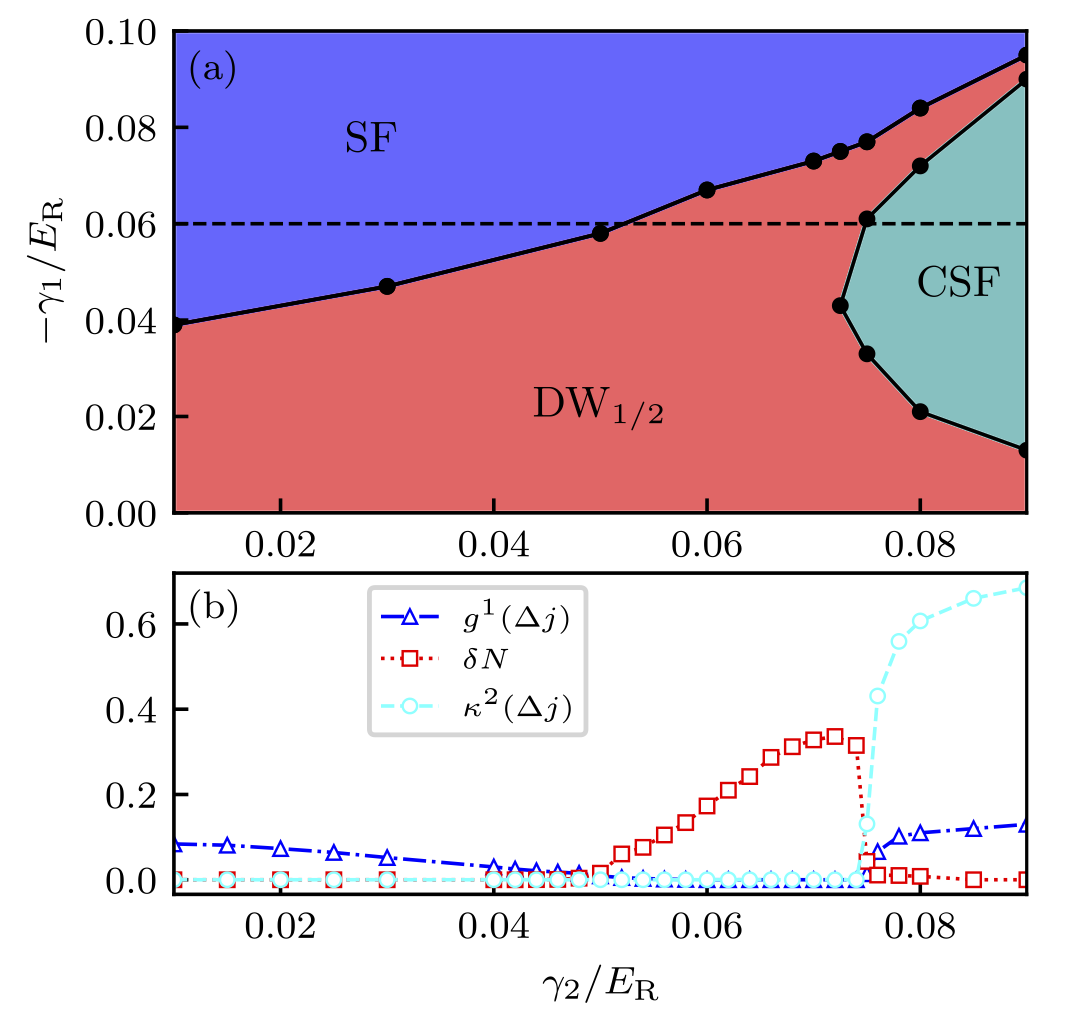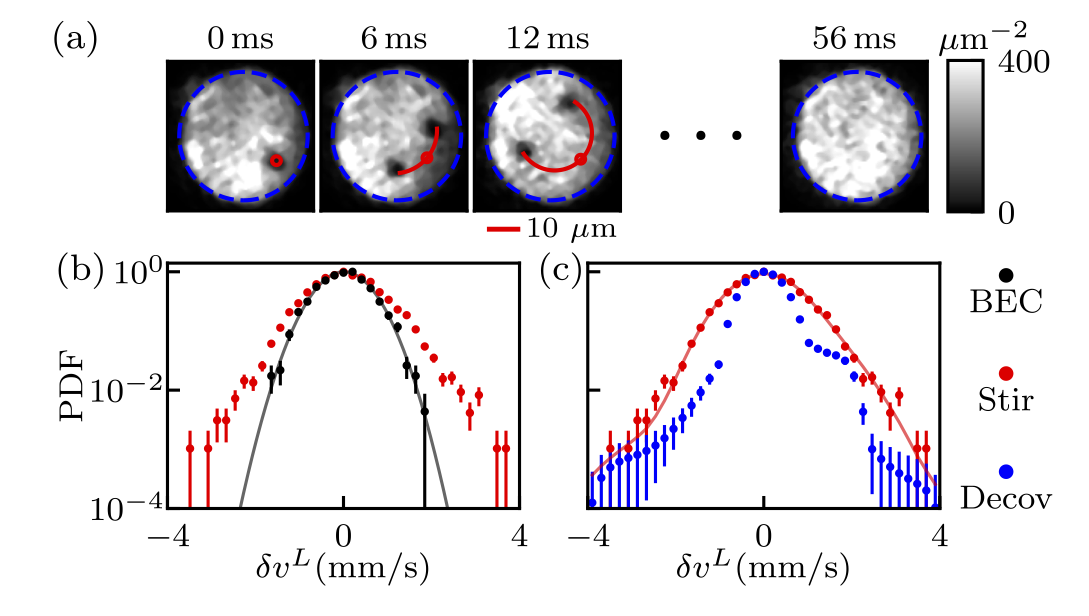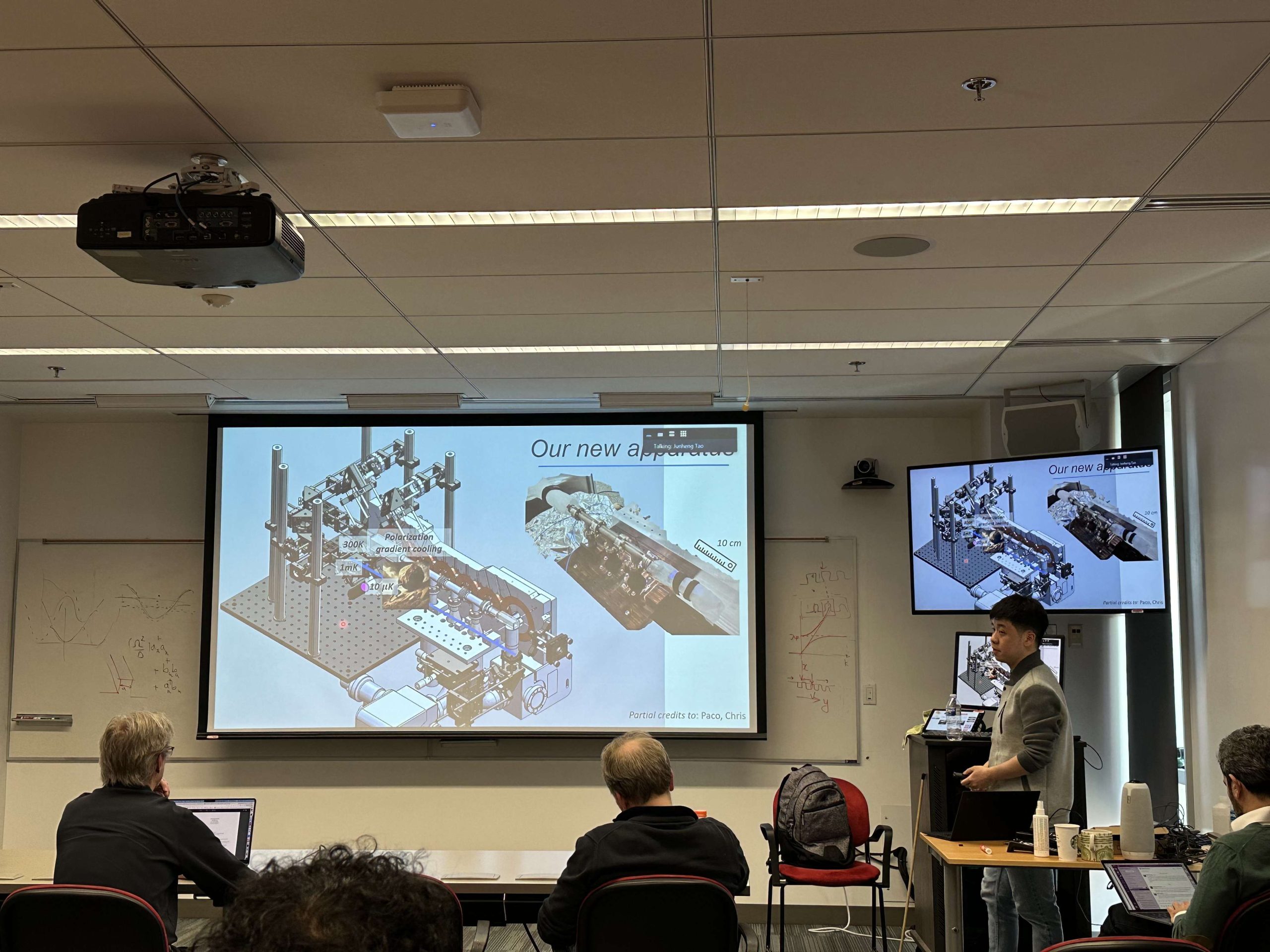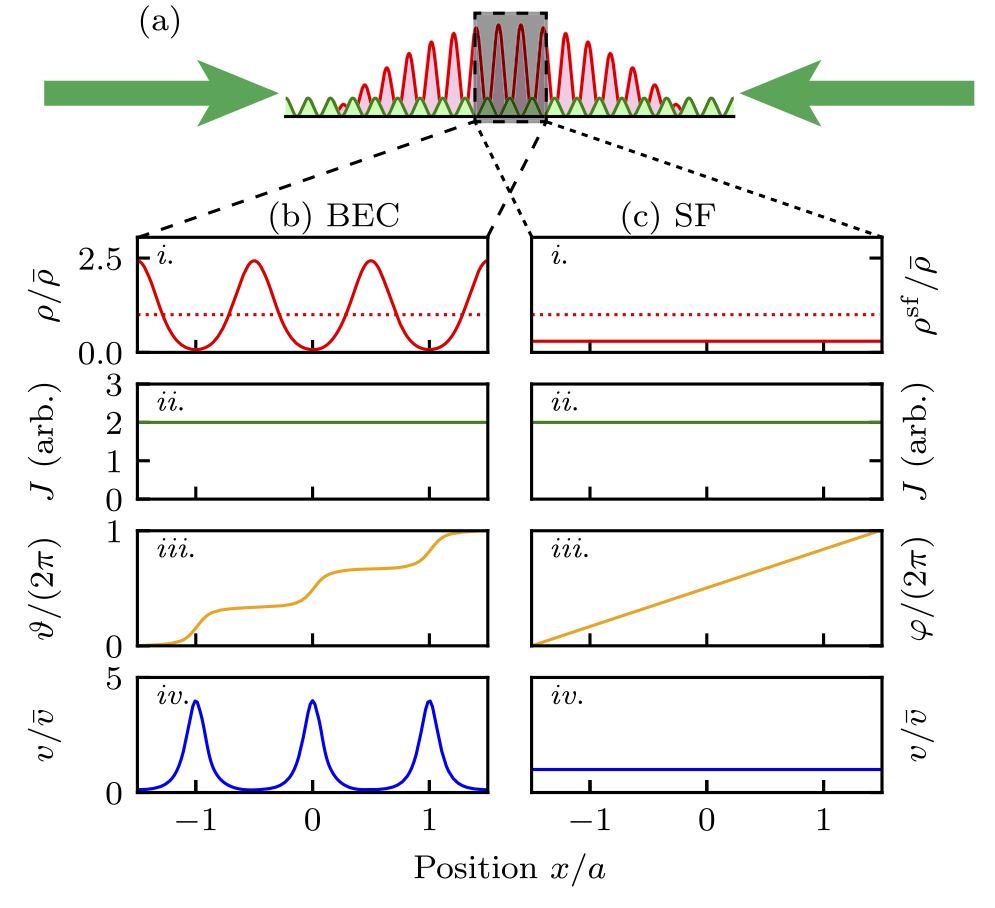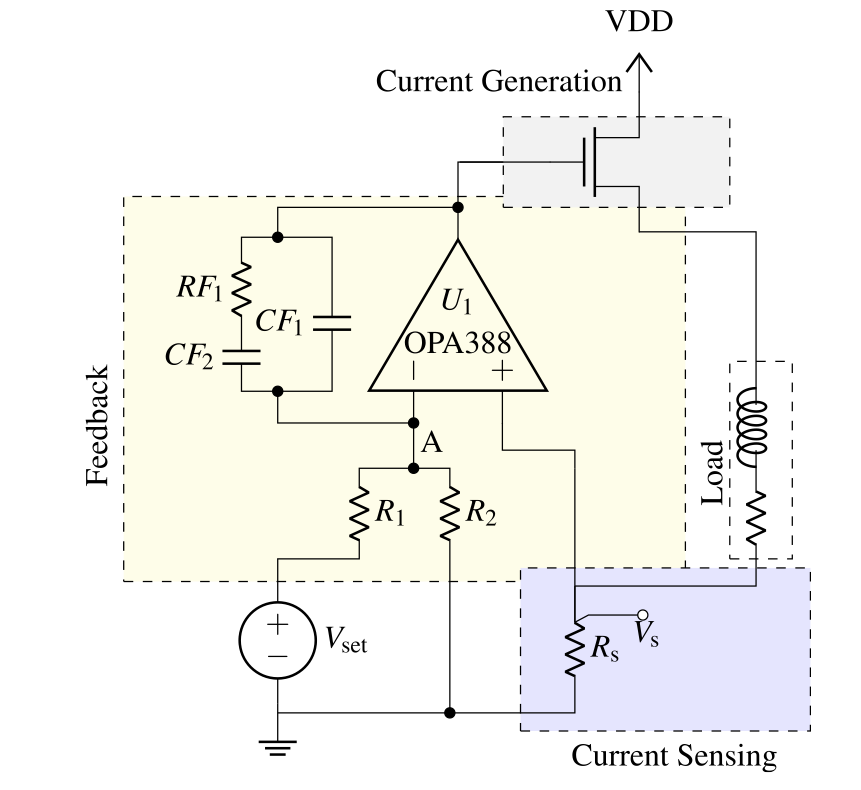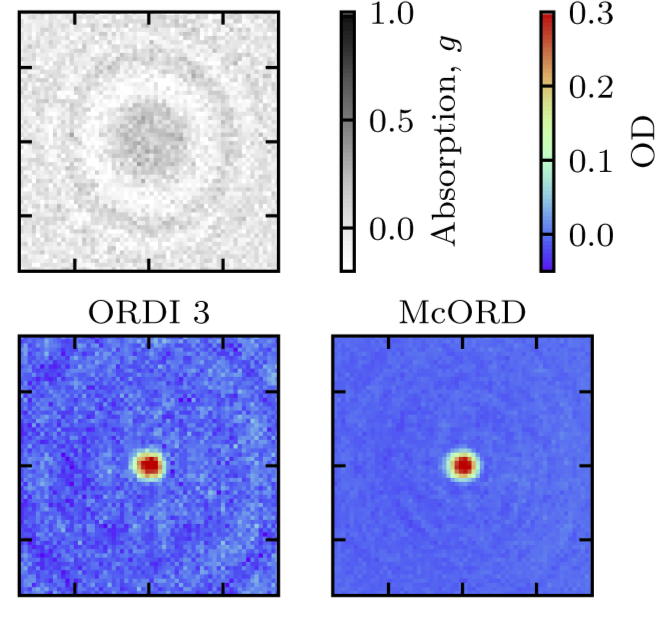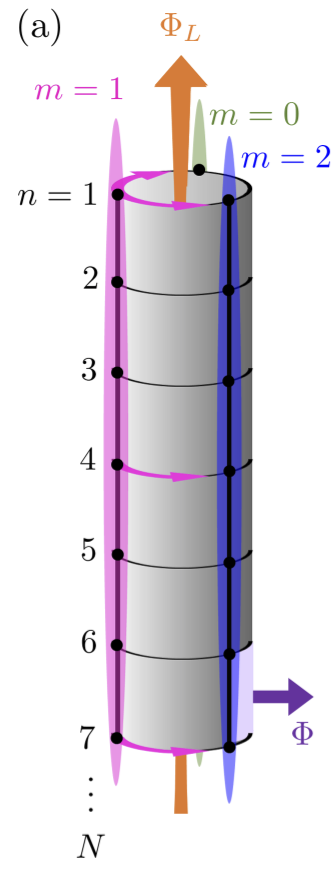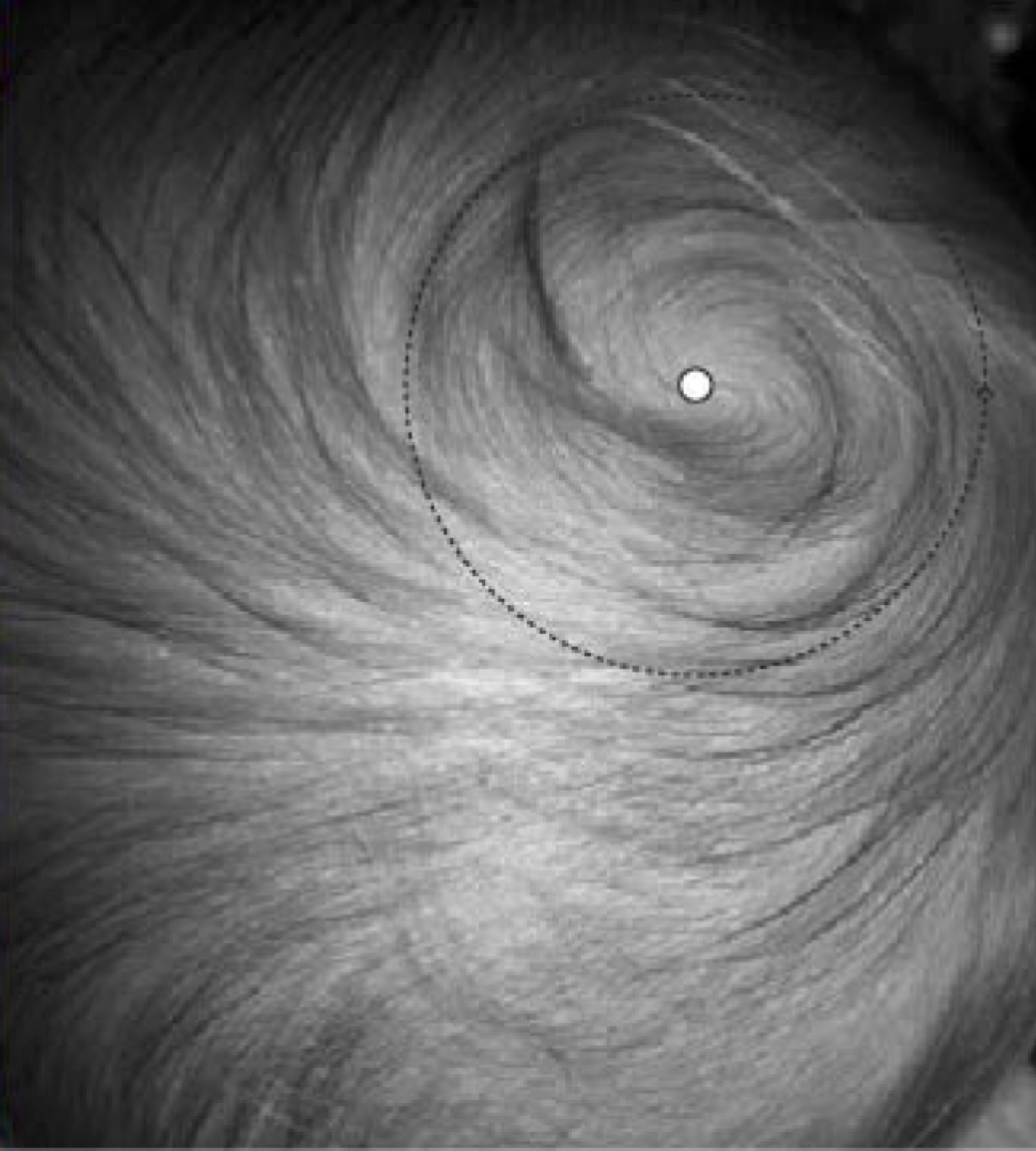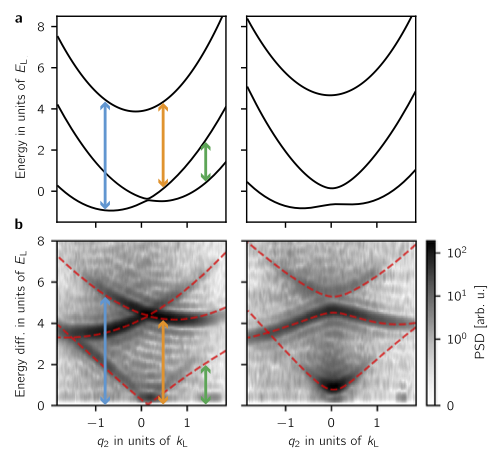Many-body phases from effective geometrical frustration and long-range interactions in a subwavelength latticeKolmogorov Scaling in Turbulent 2D Bose-Einstein Condensates
Geometrical frustration and long-range couplings are key contributors to create quantum phases with different properties throughout physics. We propose a scheme where both ingredients naturally emerge in a Raman induced subwavelength lattice. We first demonstrate that Raman-coupled multicomponent quantum gases …
